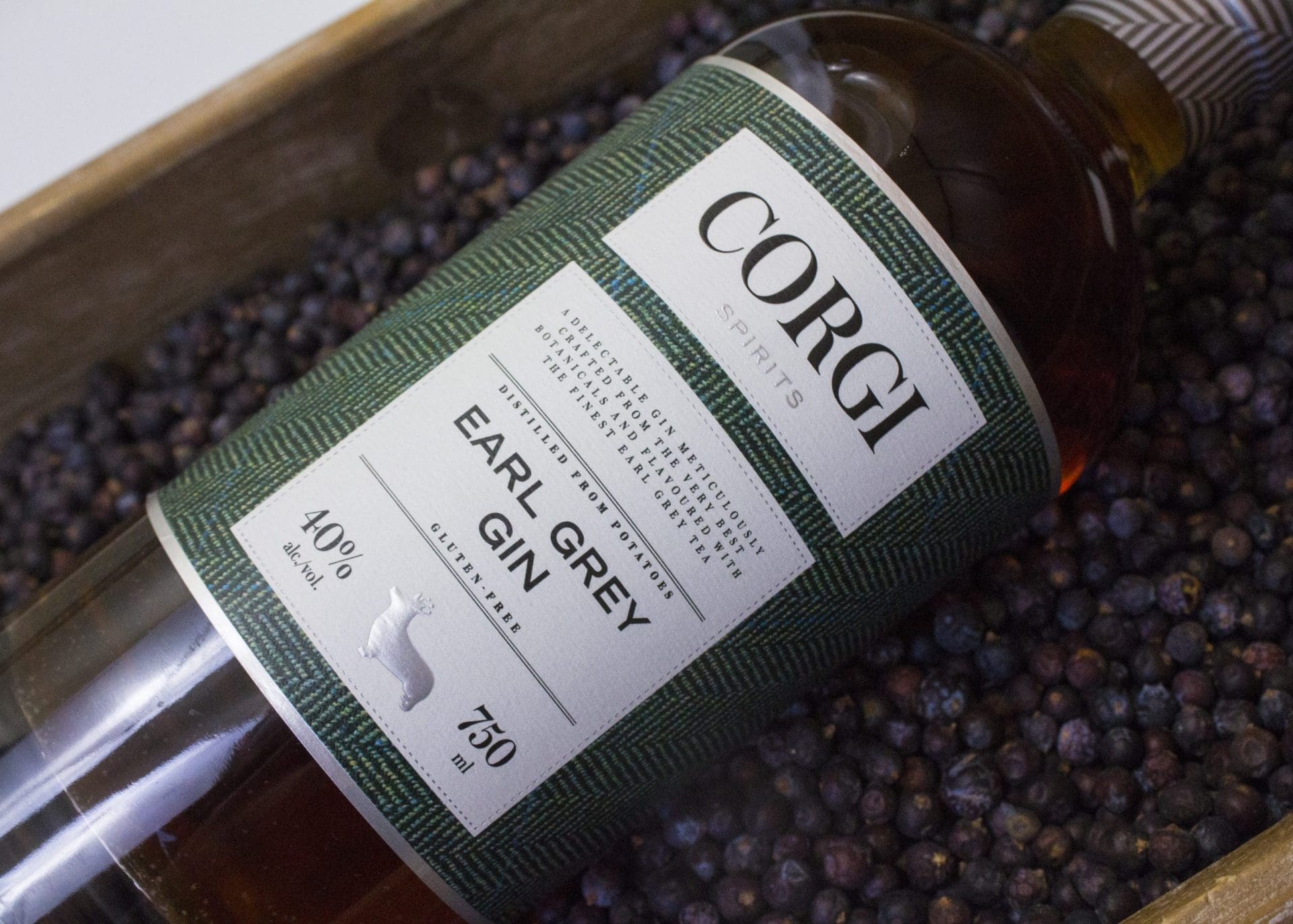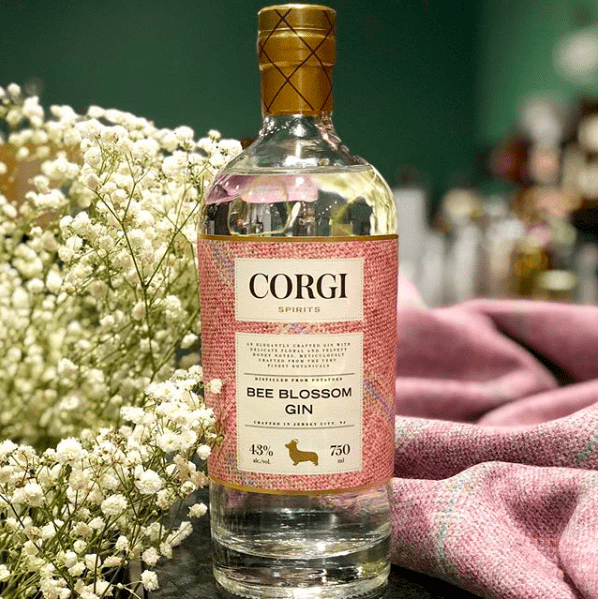First it was flavored vodkas, then spiced whiskeys and now we welcome what cocktail enthusiasts are calling a new generation of gin. Nearly a century post Prohibition, gin distilleries across America are booming, cranking out craft spirits that are quick to contend with big-name British brands. You know, the stuff that tastes like liquid pinecones or floor cleaner. Maybe it’s the influence of the millennial market or sheer bravery on behalf of bartenders, but there have been many recent innovations that go far beyond just juniper berries—including the addition of Hudson County’s first and only distillery, Corgi Spirits.
Located in the Bergen-Lafayette district of Jersey City, it took owner and founder Bob Hagemann nearly three years to finally get the place up and running—and for those wondering, it is indeed named after the popular stubby-legged dog breed. Hagemann explained, “They were the perfect icon and symbol for the brand. I wanted it to be something that had a pedigree to it—they’re the dogs of The Queen of England so they do have that rich heritage. But if anyone has ever met a Corgi in person, you know that they’re the goofiest and most fun-loving dogs in the entire world. And at the end of the day, we make spirits here so it has to be fun.”
Corgi Spirits currently offers three gin varieties—Pembroke; with floral accents and citrus notes; Earl Grey, which is tea-infused; and a specialty seasonal flavor—as well as their six times distilled Saddlecoat vodka. As part of their bar program, they’re revamping traditional tried-and-true cocktail recipes with their house-distilled spirits as the base. Think Hot Toddies with gin instead of whiskey and their take on an Old Fashioned. And as part of their social mission, a portion of all profits will be donated to local dog rescues and animal organizations throughout Jersey City, including See Spot Rescued and Liberty Humane Society.

What’s even more impressive is Hagemann’s ability to generate gin offerings that appeal to both purists and adventurers alike. He starts with a potato base but then gets crafty with unique botanical blends. He explained, “You can really put any botanicals you want in there as long as you have juniper. That’s why some gins out there are super light and floral and others are a little sweet. Then there’s the complete opposite end of the spectrum where some gins are smokey, rich and heavy.”
Pleasing past bar-goers used to not take much—a nice Negroni, G&T or Tom Collins would’ve done the trick. But consumers these days have turned into self-proclaimed connoisseurs, with paletes known for their quick judgements and appreciation for subtlety. Before we knew there was more to gin than juniper berries and coriander seeds, it was the preeminent base for cocktail-making throughout the 20th century. That is, until it was upended by its other clear counterpart, vodka.
But today, its resilient nature and the renaissance of the American gin industry has granted more opportunities to distilleries for experimentation and growth, as well as bartenders with the power to influence consumer perception and taste preferences.
“For me, I think that gin is the most versatile spirit out there. Not just in the way it can taste as a standalone, but what you can then do with it in a cocktail,” Hagemann explained. “We’re coming back to a time where people are really focused on how cocktails were made originally. What’s really influenced the market now are bartendenders. They’re realizing they can do a lot more with gin that you may not be able to do with other spirits.”

Taking a page from the farm-to-table trend, gin has become the favored garden-to-glass spirit since its botanicals are likely sourced locally and are able to reflect an area’s biodiversity. A few of the experimental expressions at Corgi Spirits include their wintertime ‘Very Merry’ gin reminiscent of English figgy pudding with dried figs and holiday baking spices, their Earl Grey gin which is the only one of its kind throughout the country, and Hagemann also hinted at a potential ‘Bee Blossom’ variety made with honey that could be on the horizon for spring. Bars and restaurants across Hudson County have already begun incorporating Corgi Spirits into their own cocktail menus including some local favorites like Cellar 335, The Kitchen Step and GP’s.
However, other than flavor, what’s driving some to seek out or start up their own craft gin distilleries is quality. This goes back to the idea of connoisseurship. It’s not always about the most expensive brand or who’s been doing it the longest, it’s about possessing knowledge and paying attention to the little details. Hence why we love seeing labels like artisanal, small-batch or handcrafted.
As the gin boom continues to blossom throughout 2018, you’ll likely see infusions that go beyond cocktail culture including its presence in savory dishes, desserts and even candles. And for Corgi Spirits, consumers can look out for a whiskey that’s in the works and a supplemental barrel-aged gin.
The Corgi Cup
2 oz Corgi Spirits Earl Grey Gin
¾ oz lemon juice
¾ oz honey syrup (2 parts honey : 1 part hot water)
2 dashes Angostura bitters
Garnish: lemon peel
Shake all ingredients together and strain over a large cube of ice in a teacup and garnish with lemon peel.
*If you’re a bar, restaurant or liquor store owner and are interested in carrying Corgi Spirits, please contact [email protected] for more information.
Abby is The Digest's Managing Editor. She spends her time looking at dogs on Instagram and eating her way around Jersey City.
- Abby Montanezhttps://thedigestonline.com/author/abby/
- Abby Montanezhttps://thedigestonline.com/author/abby/
- Abby Montanezhttps://thedigestonline.com/author/abby/
- Abby Montanezhttps://thedigestonline.com/author/abby/


